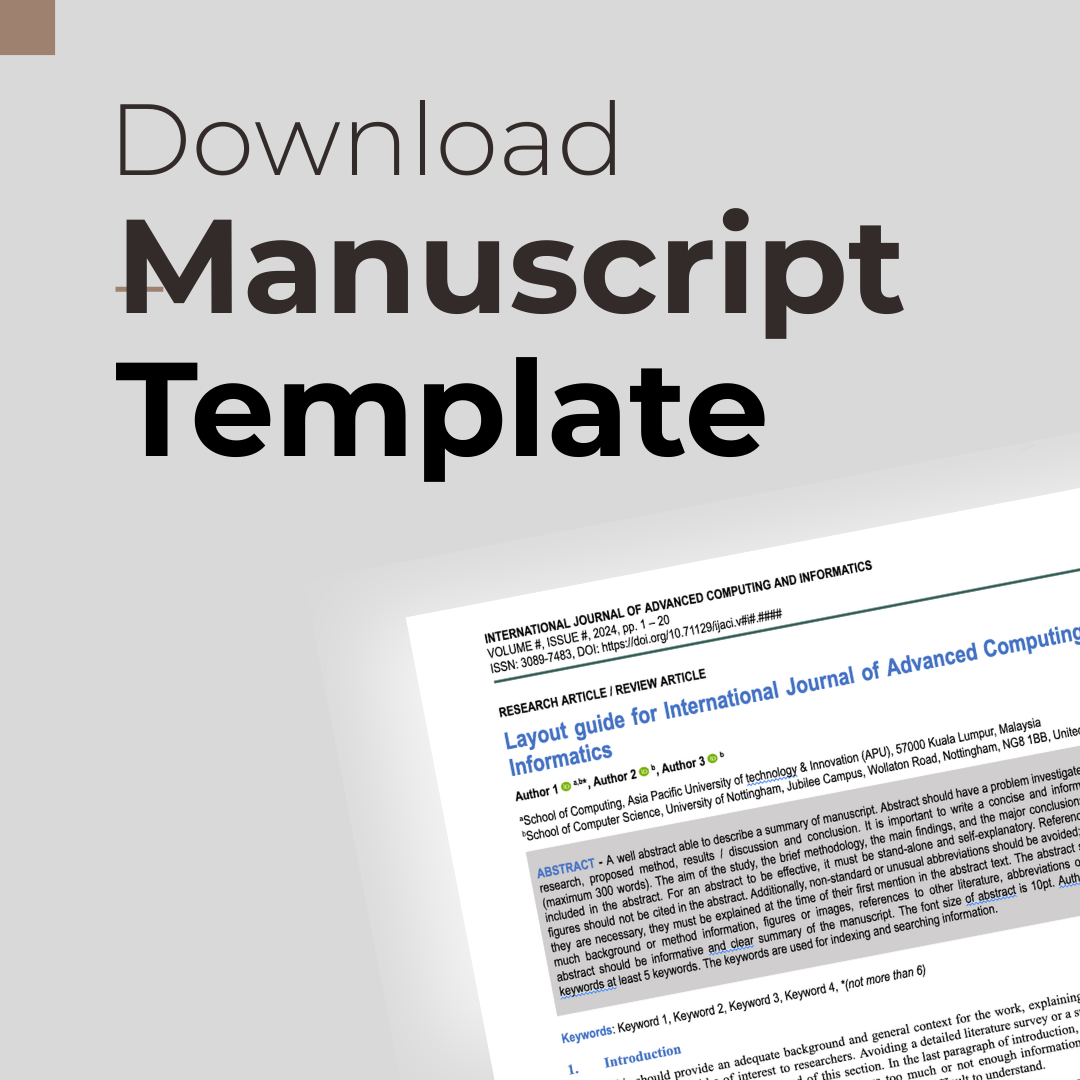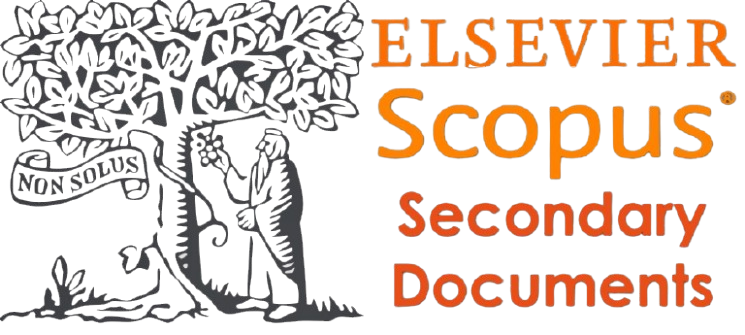Cervical Cancer Prediction with Stacked Tabnet, Random Forest, and LightGBM
DOI:
https://doi.org/10.71129/ijaci.v1.i2.pp56-68Keywords:
Cervical Cancer, Machine Learning, Predictive Model, Data Balancing, Ensemble MethodAbstract
Cervical cancer remains a significant global health concern, with a substantial burden on affected individuals and healthcare systems. Early detection and effective prediction of cervical cancer risk factors are essential for reducing its incidence and improving patient outcomes. This study focused on predicting indicators and diagnosing cervical cancer by leveraging a comprehensive dataset containing demographic data, lifestyle choices, and previous medical records. The study aimed to develop a predictive model that not only assists in the early diagnosis and intervention of cervical cancer but also identifies potential risk factors. The dataset comprises four targets of cervical cancer tests: Hinselmann, Schiller, Cytology, and Biopsy, each involving 858 participants and 30 features. The preprocessing phase resolved 22.14% of missing values in each dataset by employing the Mice iterative imputer, followed by data balancing through Adaptive Synthetic Sampling (ADASYN). Seven machine learning (ML) algorithms, namely Random Forest (RF), Linear Regression (LR), Support Vector Machine (SVM), K-Nearest Neighbors (KNN), Extreme Gradient Boosting (XGBoost), Tabnet, and Light Gradient Boosting Machine (LGBM) were employed. The most effective classifier for accuracy using the full model is the Stacking Ensemble Tabnet, RF, LGBM methods, achieving the best accuracy of 100%. This study highlights the utilization of stacked ensemble methods to enhance the efficiency of cervical cancer prediction. Additionally, it extends beyond the potential of ML algorithms, particularly Random Forest (RF), in predicting cervical cancer, promoting resource-conscious healthcare practices.
Downloads
Published
Abstract
-
149 views
PDF Download
- 79 times
Issue
Section
License
Copyright (c) 2025 Mahendra Mahendra, Abdulhafiz Nuhu Ahmad, Suleiman Hamyar Suleiman Al Mazrui (Author)

This work is licensed under a Creative Commons Attribution 4.0 International License.







